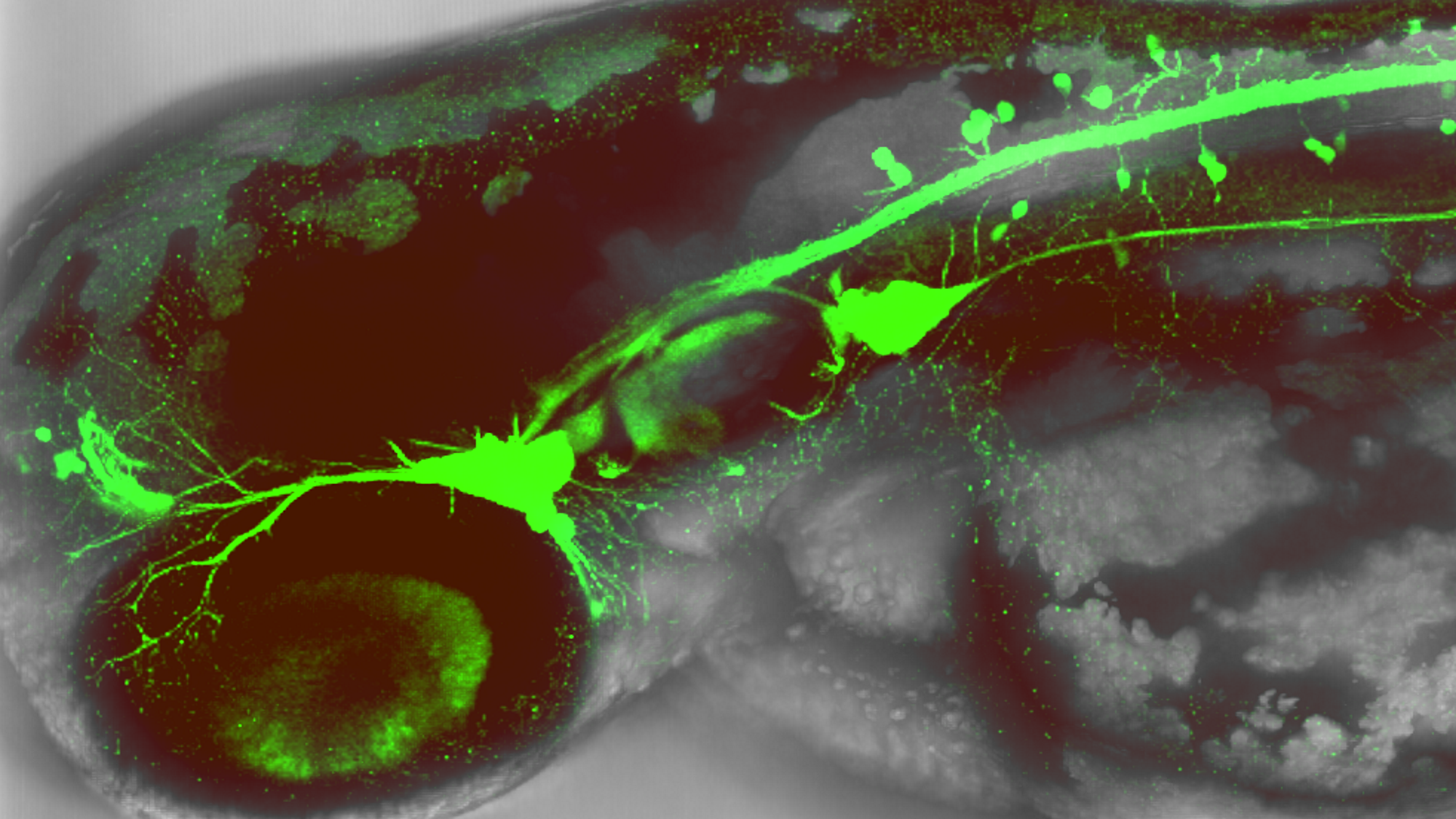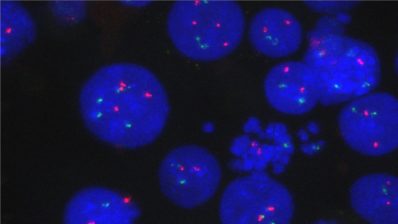When trying to describe a landscape seen through a window it is evident that the cleaner the window is the more details you can see in the fields outside. Taking this as a metaphor for the scientific method, the “window” would be the biological model you choose to find the answers to your hypotheses and the “landscape”, the process you try to understand. That simile fits well to zebrafish, whose best-known characteristic is optical transparency during embryogenesis, a feature that allows the movement of cells, or the activity of genes, to be followed in real time.
The zebrafish transparency during embryogenesis allows the movement of cells, or the activity of genes, to be followed in real time.
But transparency alone does not explain the increasing interest in zebrafish from academia and industry. The fact it is a vertebrate that shares 87% of the genes involved in human disease also helps. Plus the fact that it has a beating heart, a complexly-wired brain and other organs with a similar cellular structure and physiology to our own. Moreover, hundreds of small embryos are produced simultaneously, which allows multiple experiments to be performed in parallel. For example, one can test the safety of several potential drugs in one go simply by adding those molecules into the fish tank.
One can test the safety of several potential drugs in one go simply by adding those molecules into the fish tank.
These characteristics have already made zebrafish an ideal model for understanding the basis of development, neuroscience and cancer. And for the pharmaceutical industry, these are the reasons zebrafish are becoming a cheaper and faster alternative to rodent models in their preclinical drug-discovery pipeline.







